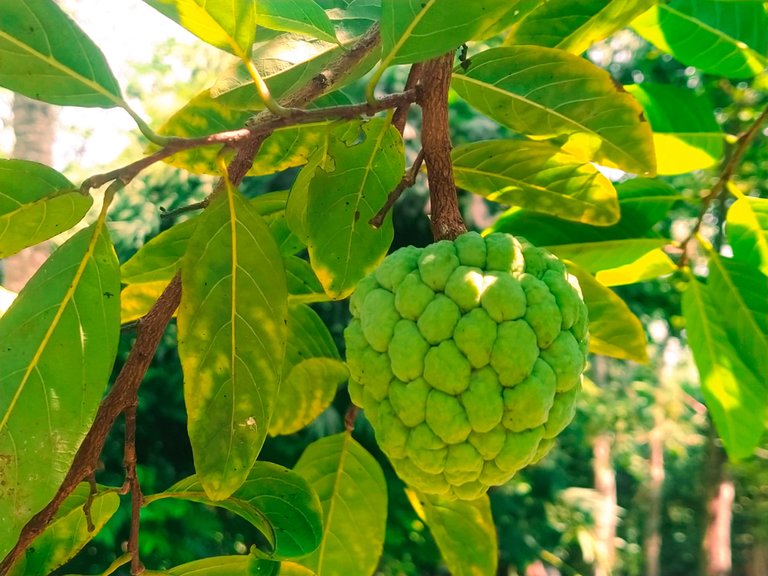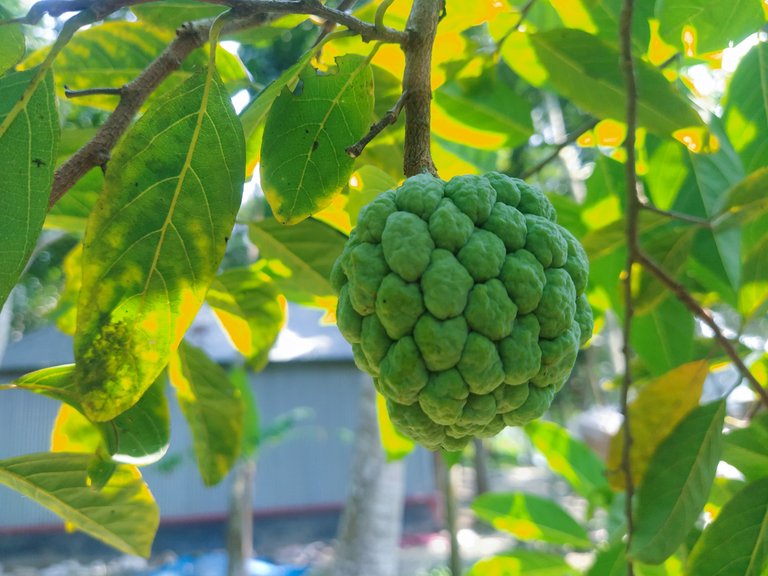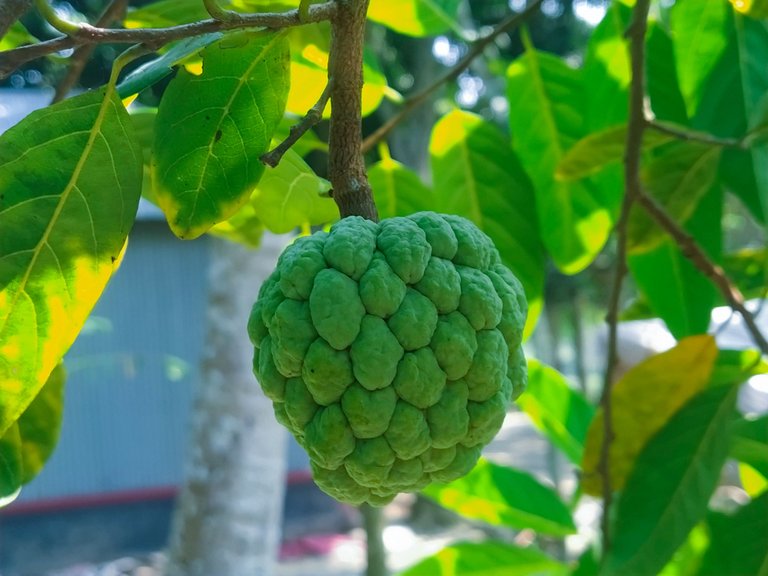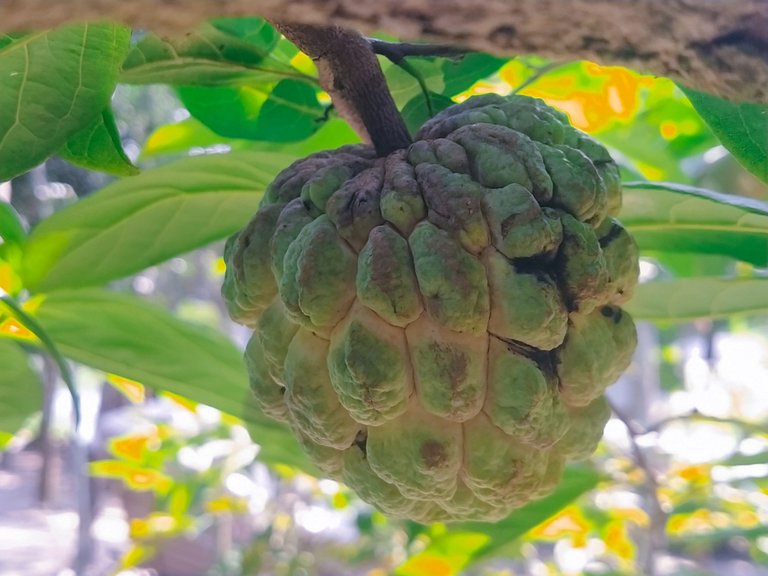
The sugar-apple, or Annona squamosa, is an incredibly delicious and versatile fruit that is sure to tantalize your taste buds. Native to the Caribbean and Central and South America, this fruit is incredibly popular throughout the world and is known by many different names. Its unique flavor and texture make it a great choice for everything from salads to desserts, and its many health benefits make it a great addition to any diet. With its sweet, custardy taste and its crisp and crunchy exterior, the sugar-apple is sure to become a favorite in your kitchen. Read on to learn everything you need to know about this delicious and nutritious fruit!
Nutritional Benefits of the Sugar-Apple
The sugar-apple is a powerful source of vitamins and minerals, and it also contains a good amount of dietary fiber. It is particularly high in vitamins A and C, as well as iron and calcium. These nutrients are essential for the proper functioning of the body, and they also promote good health and longevity. The high levels of antioxidants in the sugar-apple are also thought to provide protection against certain diseases and conditions. One large sugar-apple has more than 100% of the recommended daily intake of vitamin A and almost 100% of the daily value for vitamin C. These vitamins promote good vision and healthy skin, protect against certain cancers, and help the immune system function properly. Vitamin A is also essential for the proper development of children, so pregnant and nursing women should consume extra amounts of this vitamin. The sugar-apple is also a great source of iron, which is essential for the proper function of the immune and digestive systems.

Different Varieties of the Sugar-Apple
There are many different varieties of the sugar-apple, with different names and appearances. In general, sugar-apples are larger and more oval-shaped than the sugar-pears, which are smaller and rounder in shape. The Annona muricata, the most popular variety of sugar-apple, is oval-shaped and has a bumpy yellow or green skin with a creamy yellow flesh and a sweet, custard-like taste. The Annona cherimola, also known as the cherimoya, has a lighter green skin with bumps, a creamy white flesh, and a more citrusy taste. The Annona reticulata, or the atemoya, is rounder and smaller than the sugar-apple, with a green skin and orange flesh. The Annona squamosa, or the sugar-apple, is oval-shaped and has a bumpy, green or yellow skin with overlapping scales and a creamy white flesh. The sugar-apple is the most popular variety for culinary purposes, and it is the variety that we will be focusing on in this article.
How to Select and Store the Sugar-Apple
The sugar-apple can be found in many grocery stores, farmers markets, and online produce shops between October and February. It is best to select a fruit that is firm, with an even skin, and that has a strong, pleasant smell. The sugar-apple should also feel heavy for its size, as this indicates that it is full of juice. Store the fruit in a cool, dry place, such as a pantry, for up to three weeks. The sugar-apple can also be stored in the refrigerator, but it will lose some of its flavor and texture. It is best to store the sugar-apple upright to prevent bruising and rotting. If the sugar-apple does begin to rot, discard it immediately, as it can quickly spread to other fruits and vegetables.

How to Prepare the Sugar-Apple for Eating
The first thing to note about the sugar-apple is that it is incredibly hard and difficult to cut through, especially when it is unripe. It is best to slice the sugar-apple thinly, either with a knife or a mandoline slicer, to make it easier to eat. The skin of the sugar-apple is also somewhat gritty and rough, so it is best to wash the fruit before eating it. Slice the sugar-apple vertically, peel it, remove the seeds, and then slice it again into thin pieces to make it easier to eat. The sugar-apple can be eaten as is, but it is often used in desserts and other sweet dishes. It is great in salads and can be substituted for other fruits in any recipe that requires pureeing.
Different Ways to Enjoy the Sugar-Apple
The sugar-apple is perfect for a variety of culinary uses. It pairs well with a wide range of dishes, including savory salads, desserts, and snacks. It also mixes well with other fruits and vegetables, and it can be eaten raw, baked, or cooked. The sugar-apple tastes great in smoothies, and it can be used in many different cocktails.
Potential Health Benefits of the Sugar-Apple
The sugar-apple is a great source of many essential vitamins and minerals, as well as antioxidants. It also contains a small amount of protein, which makes it a great option for vegetarians and vegans. These health benefits make the sugar-apple a great addition to any diet, and they can promote good health and longevity. Additionally, the sugar-apple has been shown to have an anti-inflammatory effect and to promote blood flow. This can be very beneficial for those with cardiovascular disease.

Recipes Using the Sugar-Apple:
- Sugar-apple and Grape Salad - This is an easy and delicious salad that is full of fresh flavors.
- Coconut and Sugar-apple Custard - This rich and creamy dessert is perfect for chilly days.
- Sugar-apple and Tomato Soup - This is a hearty and healthy soup that is perfect for fall and winter.
- Sugar-apple and Ginger Smoothie
- This is a great breakfast option that is full of essential vitamins, minerals, and antioxidants.
- Sugar-apple and Rum Mojito
- This cocktail is perfect for parties and special occasions.
- Coconut and Sugar-apple Custard- This rich and creamy dessert is perfect for chilly days.
History and Origin of the Sugar-Apple:
The sugar-apple is believed to have originated in South America and was then spread throughout the Caribbean and Central America. It is believed that the name “sugar-apple” comes from its original use as a sweetener for drinks and other dishes due to its high sugar content. The name “sugar-pear” came about due to the confusion with the pear, which is also round and has a similar texture and taste. The Annona species is believed to have more than 100 different varieties, and they are all thought to have originated in the Caribbean. The sugar-apple is incredibly popular in countries outside of the Caribbean, and it is often referred to simply as “sugar-apple” to avoid confusion.

Conclusion:
The sugar-apple is an incredibly delicious and versatile fruit that is sure to tantalize your taste buds. Native to the Caribbean and Central and South America, this fruit is incredibly popular throughout the world and is known by many different names. Its unique flavor and texture make it a great choice for everything from salads to desserts, and its many health benefits make it a great addition to any diet. The sugar-apple is a powerful source of vitamins and minerals, and it also contains a good amount of dietary fiber. It is particularly high in vitamins A and C, as well as iron and calcium. These nutrients are essential for the proper functioning of the body, and they also promote good health and longevity. The sugar-apple is a great choice for everything from salads to desserts, and it is sure to become a favorite in your kitchen.

Reference:
https://en.m.wikipedia.org/wiki/Sugar-apple
https://www.webmd.com/diet/what-are-health-benefits-sugar-apples
https://www.specialtyproduce.com/produce/Sugar_Apples_441.php
I guess it is rare to come by sugar-apple in places like Africa
Maybe I don't know